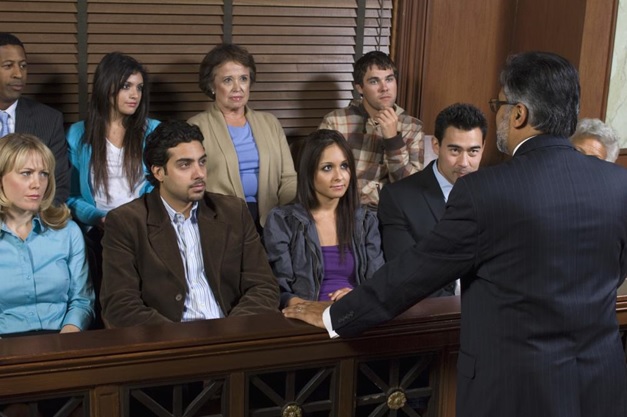If a person is arrested, they get to know about the charges against them filed by the prosecutor in a hearing known as an arraignment. Unless they plead guilty or the prosecutor removes the charges, they go for a trial in which the prosecutor proves their charges. This blog explains arraignment and a trial in detail.
Arraignments
An arraignment is a hearing that takes place before the trial. It’s also known as an initial appearance. At arraignments, the offenders get to learn about the charges imposed against them and their constitutional rights.
When Do They Happen?
Offenders have the right to an arraignment within a specified time after they are arrested. Many states require defendants to get arraigned within 72 hours after being arrested (excluding holidays and weekends), while other states let judges decide.
Probable Cause
Often arraignment is joint with a “probable cause hearing.” It happens when an offender is arrested without an arrest warrant. These are quick preliminary hearings where the judge evaluates the charges against the offender and a statement given by police officers’ arresting. If the judge finds sufficient evidence to proceed with the trial, they do so. Otherwise, they dismiss the case.

Bail
The judge must set bail in all the cases, except for some serious ones. Bail is an amount of money that the defendant pays to the court to release from jail until their trial. The purpose of this amount is to ensure that the offenders will keep out of trouble once released and will show up to future court hearing.
Recently, people have proposed to remove cash bail because it favors people who can afford it instead of the charges faced by the defendant.
Trial
In case the prosecutor doesn’t dismiss criminal charges, the case will go to trial. Offenders have a right to a trial to choose whether they want to have a jury trial or have a judge hear their evidence alone.
Presenting Evidence
The prosecution should prove every element of the crime that they’ve charged the defendant with. As the prosecution is under the burden of proof, they present their evidence first. The evidence can include photographs, witness testimony, video and audio recordings, physical evidence (fingerprints on a weapon, etc.). After that, the defendant can present their evidence where they can choose to testify.
Arguments & Instructions
After the attorneys present the evidence, the judge asks the jury to apply the laws in the trial case. During the closing arguments, the attorneys talk to the jurors to convince them to favor their side.
Verdicts
After deliberation, the verdict is either not guilty or guilty. If a defendant receives a verdict of not guilty, the verdict is acquittal and conviction if the defendant is guilty.
Leading Bail Bond Services in Indiana
If you’ve found yourself in need of a bail bond, let us use our expertise to work. At DeLaughter Bail Bond, we offer a 24-hour bail bond service for every situation. We try our best to help out defendants get out of jail as they await their trial. Reach out to us for the lowest bail bond rates available. We extend our bail bond services in Allen Country, Whitley County, and Huntington County, IN.




